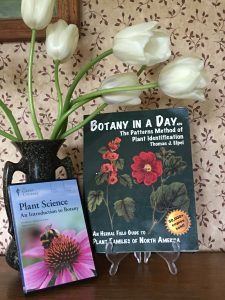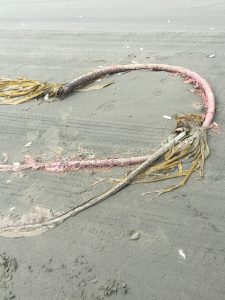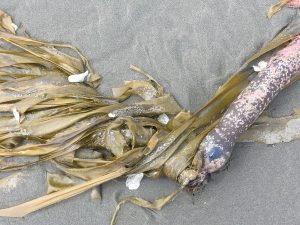
I have started studying the Great Courses Plant Science: An Introduction to Botany. The course consist of four dvd disc with thirty minute lectures on botany. There is also a book that accompanies each lecture. I’ve watched and read the first two chapters entitled The Joy of Botany, and Plants are Like People. In the first chapter I learned that algae are not plants, but photosynthetic organisms. I skipped ahead to chapter 16, entitled Seagrasses, to take advantage of a weekend trip to the ocean to clam dig.
Seagrasses face many challenges in their environment, such as low light conditions, anaerobic substrate, and high salt levels. To overcome the low light levels seagrasses put their chloroplast, where photosynthesis occurs, in the outer layer or epidermis. Seagrasses are rhizomatous, they store sugars in their roots for times when light levels are too low for photosynthesis to take place. Seagrasses host bacteria in their roots that help break down nitrogen to a usable form. Seagrasses deal with their slaty marine environment by increasing the concentration of salt in their tissues, so that it is saltier than the ocean water. This safeguards against the loss of water to the surrounding environment.

